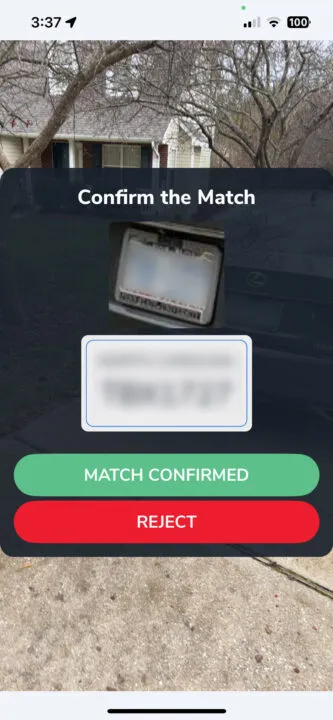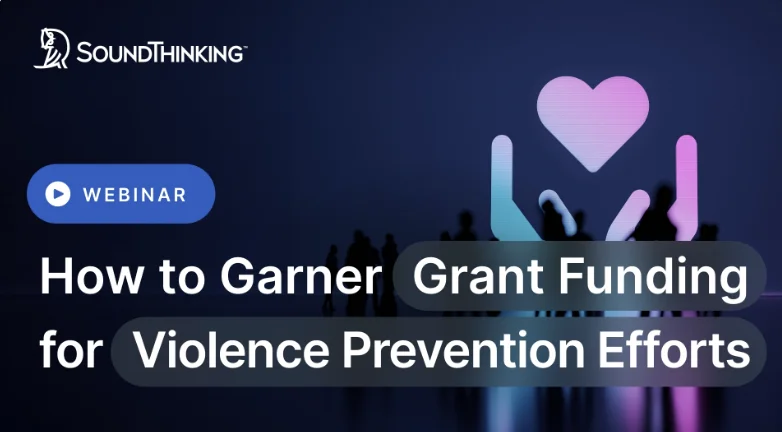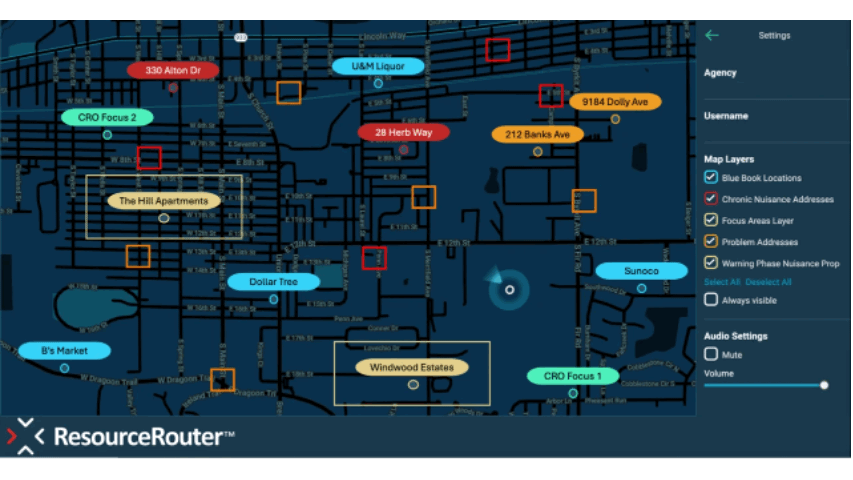The first and most crucial step in seeking grant funding is to have a clear and detailed plan for the funding. Identify your agency’s specific needs within the community and clearly explain how the proposed project will address those needs. The plan needs to include compiling relevant data, garnering local commitment and partnerships, and seeking advocates for your project.
A well-defined plan should clearly outline the outcomes you expect from the project. Connecting these to show how the project will improve the quality of life for community residents should be included. For example, a project aimed at violence prevention should describe how it will reduce crime rates, enhance safety, and positively impact the community.
In the planning phase, consider which community advocates, including elected representatives, businesses, schools, and others, would help support your grant application. Congressional support, in particular, can lend significant weight to your grant funding request, highlighting the level of community backing for the project.
Finding the Right Grant
Federal grant cycles are typically annual, although the specific dates can vary. One key funding type to consider is Earmarks. Earmarked funds are government funding mechanisms that members of Congress can use to request specific projects in their home states. Submitting a request for earmarked funds usually occurs in February or March, ahead of the Appropriations Subcommittee cycle.
Additionally, federal agencies such as the Department of Justice (DOJ) and the Department of Homeland Security (DHS) offer grants for public safety projects. These grants often favor projects that involve partnerships and may include a research component requiring collaboration with a university or similar organization.
Often, these federal agencies send grant monies to each state for the states to award. The state-level grants may be aimed at a statewide initiative or favor other projects following state public safety plans. Some grant applications at the state level may favor system integrations or data-sharing within a region, making it vital to understand the grant to be sure your project will fit within its parameters.
Finding the appropriate grant begins with understanding your project’s goals and identifying potential partners. Amanda Wood, Senior Federal Advocacy Director with Becker, notes, “Every grant is different; this is not a one-size-fits-all approach.”
Jurisdictional Options
Potential funding sources may be within your city or county. Unused funds in law enforcement or other department budgets can sometimes be repurposed for public safety initiatives. Additionally, asset forfeiture funds, which result from confiscating money or property linked to criminal activity, can also be utilized for public safety projects.
Local or public-private partnerships (PPPs) can be another promising funding option. Private organizations, such as hospitals, universities, or businesses involved in community safety, may be willing to contribute to public safety technologies as part of their corporate social responsibility efforts. Similarly, local businesses, universities, casinos, and other private entities may have grant or endowment funds to use within the community.
State and Countywide Grant Funding Programs
State Administering Agencies (SAAs) work with their respective state legislatures and governor’s offices to redirect unused or other funds to local projects, including public safety initiatives. Each SAA operates differently but can be a valuable resource for identifying and securing state-level grant funding.
Examples of SAAs include the California Regional Department of Transportation, the Pennsylvania Commission on Crime and Delinquency, the Maryland Governor’s Office of Crime Prevention and Policy, and the New York State Department of Criminal Justice Services. These agencies can provide substantial support for public safety projects, helping to bridge funding gaps that local and federal sources may not cover.
Federal Funding Via State-Managed Grants
Other state agencies may administer federal grant funds, with all grant applications going through that agency. For example, The Department of Justice Office of Justice Programs works with state administrators to provide funding specific to certain programs within each state.
Each year, federal agencies offer numerous grant programs, providing billions of dollars in funding to public agencies. Some of this funding is distributed based on metrics like population, while other grants require a competitive application process. Examples of state-managed federal grant funds include the Edward Byrne Memorial Justice Assistance Grant (JAG) program, the Byrne State Crisis Intervention Program (SCIP), and the Paul Coverdell Forensic Science Improvement Grant Program.
Federal Funding
Some federal agencies directly disperse grant funding rather than working through each state. Many funding agencies may not be appropriate for public safety projects, but others may be appropriate for certain initiatives, especially with a community partner.
Federal grants that are not specific to public safety but can be used to fund those technologies include the ARPA Federal Funding, USDOJ Crime Gun Intelligence Center Grant, and the HUD Emergency Safety and Security Grant. Researching and finding federal grants that may be appropriate for your project can be daunting. SoundThinking is always available to help you work through the funding aspect, so schedule a call with us today.
Mix and Match
Funding a large-scale public safety initiative may require combining multiple funding sources. Some funds, such as those from an unused police budget or asset forfeiture, may be available immediately. Other sources, like state and federal grants, may take months to become accessible.
Strategically blending these various funding sources can ensure you have the necessary resources to implement and sustain your public safety project. Examples of projects using non-traditional grant funding include the City of Bridgeport, Connecticut, which used HUD CDBG (Community Development Block Grant) and HUD PHCF (Public Housing Capital Fund).
Data-Driven Narratives
A compelling grant application relies heavily on data to support your narrative. Historical data, current statistics, and projected outcomes all play crucial roles in demonstrating the project’s need and potential impact.
For example, using data to map incidents of gun violence and overlaying this with the locations of schools can highlight the urgent need for violence prevention measures. Such data supports your grant application and can help identify potential partnerships with local schools seeking to enhance safety.
The narrative should tell a story of how violence impacts the community, detailing the human cost, trauma, and community disruptions it causes. Highlighting the adverse effects on family life, mental health, education, and economic opportunities can effectively illustrate the need for the proposed project. This narrative should also describe how partnerships with organizations like schools, hospitals, and public health programs will use the project to improve community well-being.
Always Work in Advance
Planning is key to securing grant funding. During periods when grant applications are not available, take the time to develop a comprehensive plan for your project. Determine the desired outcomes for the community and identify potential partnerships and collaborations.
Look for previous grant programs that would fit your project and note when those grants usually become available. Ask other agencies that have successfully implemented similar projects about their pathway. Attend grant seminars within your state to learn what types of projects are being favored and who to talk to about each grant.
Working with an advocate to assist with the grant-finding process can also be beneficial. Vendors can also be strong advocates as they may know about available funding. They can provide valuable insights and help gather data in an easy format to present with your funding request. Their support can significantly improve the odds of funding approval.
Maximize Grant Success
Successfully securing federal funding requires a strategic approach. Projects with well-established partnerships, collaborative guidance, and assistance from experienced grant specialists stand a better chance of success. Building relationships with community members and elected officials from your jurisdiction can also provide strong support for your funding request.
A strong, insightful, and compelling narrative that clearly outlines the project’s expected outcomes and potential to improve community life is essential. Including data analysis and a clear explanation of the problem the grant-funded project would solve is crucial for any grant application. Along with a strong narrative and accompanying data that correlates with the narrative, community support, and endorsements can make your application stand out.
By understanding the available funding options, building community support, and preparing in advance, you can maximize your chances of securing the necessary resources to enhance public safety in your community. Leveraging local, state, and federal funding opportunities and combining them strategically can provide a robust foundation for successful public safety initiatives.




